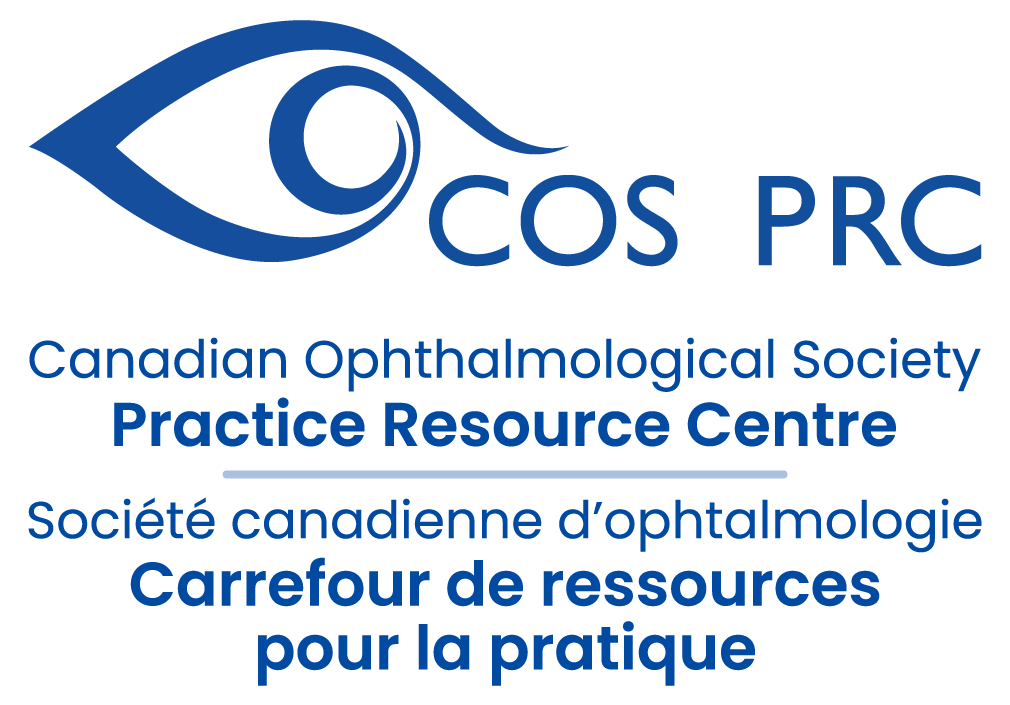April 2012
The Canadian Ophthalmological Society’s (COS) expert working group on driving and vision standards provided recommendations on the visual acuity and visual field needed for safe driving in Canada.
These recommendations are published in Section 12: Vision of the Canadian Medical Association Driver’s Guide, 8th edition.
COS’s Vision Standards for Driving Committee revisited the vision section of the guide in April 2012 and indicated no changes were required at this time.
Background
When a patient is visually impaired, the physician should inform the patient of the nature and extent of the visual defect and, if required, report the problem to the appropriate authorities.
When minor visual defects are not accompanied by cognitive defects or neglect, most drivers are capable of compensating for partial defects. For example, most people adapt to the loss of an eye in a period of several months.
Recent studies indicate that experienced drivers can compensate for a loss of visual acuity if they are in familiar surroundings and they limit their speed. In these circumstances, functional assessments are indicated.
Section 12 presents information about the recommended visual acuity and visual field needed for safe driving (section 12.2). Actual standards for these functions are set by provincial or territorial licensing authorities and may vary among jurisdictions as well as varying from the recommendations in Section 12, which are based on expert opinion.
Section 12 also presents information about other important visual functions that should be taken into consideration in determining fitness to drive (section 12.3) and recommendations for exceptional cases that require individual assessment (section 12.4).
It also provides further detail on recommended testing procedures (addendum 1), a list of medical conditions with increased risk for vision problems and a discussion of the use of vision aids in driving (addendum 2).



